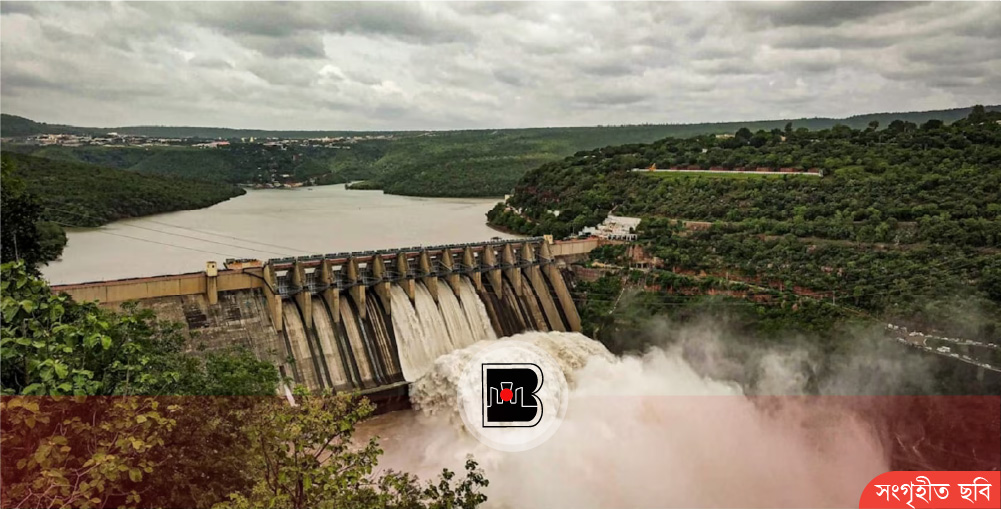
A planned Chinese mega-dam in Tibet has raised significant concerns in India, which fears the project could severely reduce water flow by up to 85% on a major river during the dry season. This has prompted New Delhi to accelerate its own dam construction plans to mitigate the potential impact.
For years, the Indian government has considered projects to manage water flow from Tibet's Angsi Glacier, which is a vital source for over 100 million people in China, India, and Bangladesh. These plans have faced strong opposition and even violent resistance from residents of Arunachal Pradesh who fear their villages will be submerged.
The announcement by China in December about its plan to build the world's largest hydropower dam on the Yarlung Zangbo river—which becomes the Siang and Brahmaputra in India—triggered alarm in New Delhi. Indian officials worry that their strategic rival, which has territorial claims in Arunachal Pradesh, could use its control of the river as a weapon.
In response, India's largest hydropower company, under armed police protection, began surveying a potential site for the Upper Siang Multipurpose Storage Dam. This would be India's biggest dam if completed. Senior Indian officials, including those from Prime Minister Narendra Modi's office, have held meetings to speed up construction.
According to a government analysis and sources familiar with the matter, India estimates the Chinese dam could divert as much as 40 billion cubic meters of water, or over one-third of the annual flow at a key border point. This impact would be particularly severe during the non-monsoon months, affecting agriculture and industry across vast regions of India.
The proposed Upper Siang dam, with a projected storage capacity of 14 billion cubic meters (BCM), aims to counter this threat by allowing India to release water during the dry season. This would limit the potential supply reduction for a city like Guwahati to 11%, compared to a 25% reduction if India’s dam is not built. Additionally, the Indian dam could help mitigate the risk of a sudden, devastating release of water from the Chinese dam.
A spokesperson for China’s foreign ministry stated that the hydropower projects have undergone "rigorous scientific research" and will not negatively impact downstream countries. They added that China maintains a "responsible attitude" and has been in "long-term communication and cooperation" with India and Bangladesh.
Meanwhile, local resistance to the dam project in India persists. When workers from the National Hydroelectric Power Corporation (NHPC) arrived in May, angry residents of the Adi community in Arunachal Pradesh damaged machinery and a bridge, and looted tents. The villagers, who depend on farming, fear their homes and way of life will be destroyed. At least 16 Adi villages, home to an estimated 10,000 people, could be submerged. Community leaders claim the total number of affected people would exceed 100,000.
Despite the local opposition, Arunachal Pradesh's Chief Minister supports the project, calling the Chinese dam an "existential threat" and stating that the Indian dam will "ensure water security and provide flood moderation." The state government is now working on detailed compensation plans for the affected families.
Even if the Upper Siang dam gets the green light, it could take a decade to build, which means it would likely be completed after China’s project, expected to generate power by the early-to-mid 2030s. The delay also makes the Indian project vulnerable during construction to a potential surge of water from the Chinese side during the monsoon season.
Experts have also warned about the seismic risks of building large dams in this geologically active region. A University of Arizona expert, Sayanangshu Modak, noted that the area experiences "extreme weather events" and is a "zone of high seismicity," which raises legitimate concerns about dam safety.
আপনার বিজ্ঞাপন এখানে